Wingtip Aircraft - Another potential benefit of winglets is that they reduce the intensity of wingtip vortices,[11] which trail behind the plane and pose a hazard to other aircraft.[12] Minimum spacing requirements between aircraft operations at airports is largely dictated by these factors.
Aircraft are classified by weight (e.g. "Light," "Heavy," etc.) because the vortex strength grows with the aircraft lift coefficient, and thus, the associated turbulence is greatest at low speed and high weight.[citation needed] Non-planar wingtips are normally angled upwards in a polyhedral wing configuration, increasing the local dihedral near the wing tip, with polyhedral wing designs themselves having been popular on free flight model aircraft designs for decades.
Wingtip Aircraft
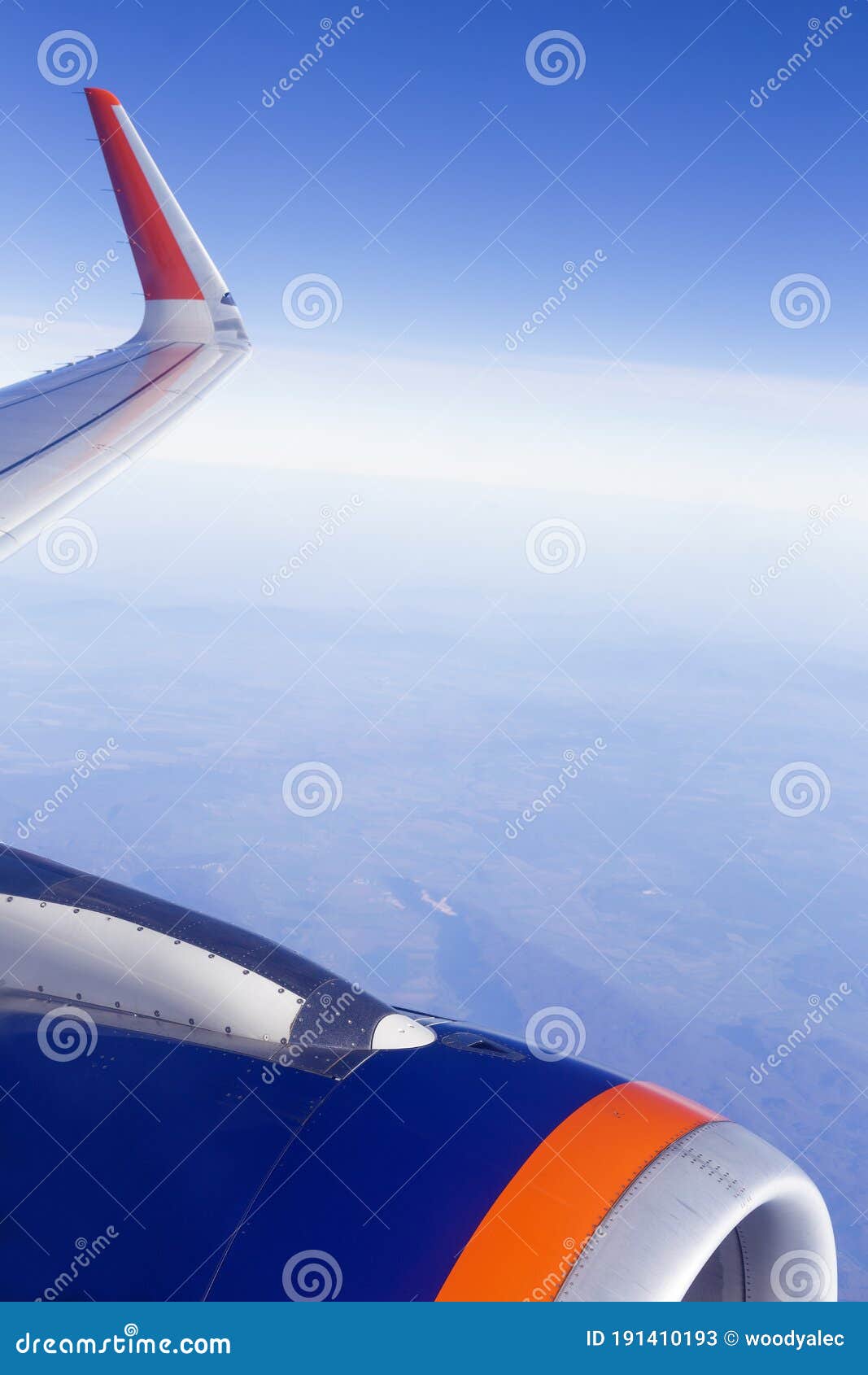
Non-planar wingtips provide the wake control benefit of winglets, with less parasitic drag penalty, if designed carefully. The non-planar wing tip is often swept back like a raked wingtip and may also be combined with a winglet.
Winglets On The Boeing Max
A winglet is also a special case of a non-planar wingtip. [citation needed] "We Proudly Support Intrepid Fallen Heroes Fund that serves United States Military Personnel experiencing the Invisible Wounds of War: Traumatic Brain Injury (TBI) and Post Traumatic Stress (PTS).
Please visit website (www.fallenheroesfund.org) and help in their valiant effort”. You may have noticed the seemingly random flashing and solid lights on an aircraft and wondered what they are supposed to mean. This article will explain all the different lights you may encounter on an airplane and their purpose.
Closed surfaces at the end of winglets are a possible way to substantially decrease the wake vortices induced at the tips of a wing. An example of a closed-surface winglet is the Spiroid winglet, a design currently under development by Aviation Partners.
These Spiroid winglets have also been flight tested on a Falcon 50 aircraft.[32] The Boeing 737 MAX has winglets that look similar to the split-scimitar ones, but they are slightly different and come as standard equipment with every MAX.
Passenger Aircraft[]
You can tell them apart because they lack the tapering tips of the split-scimitar winglets. These winglets are likely to disappear from view as the current models of the A330 go out of production and new wing shapes are developed.
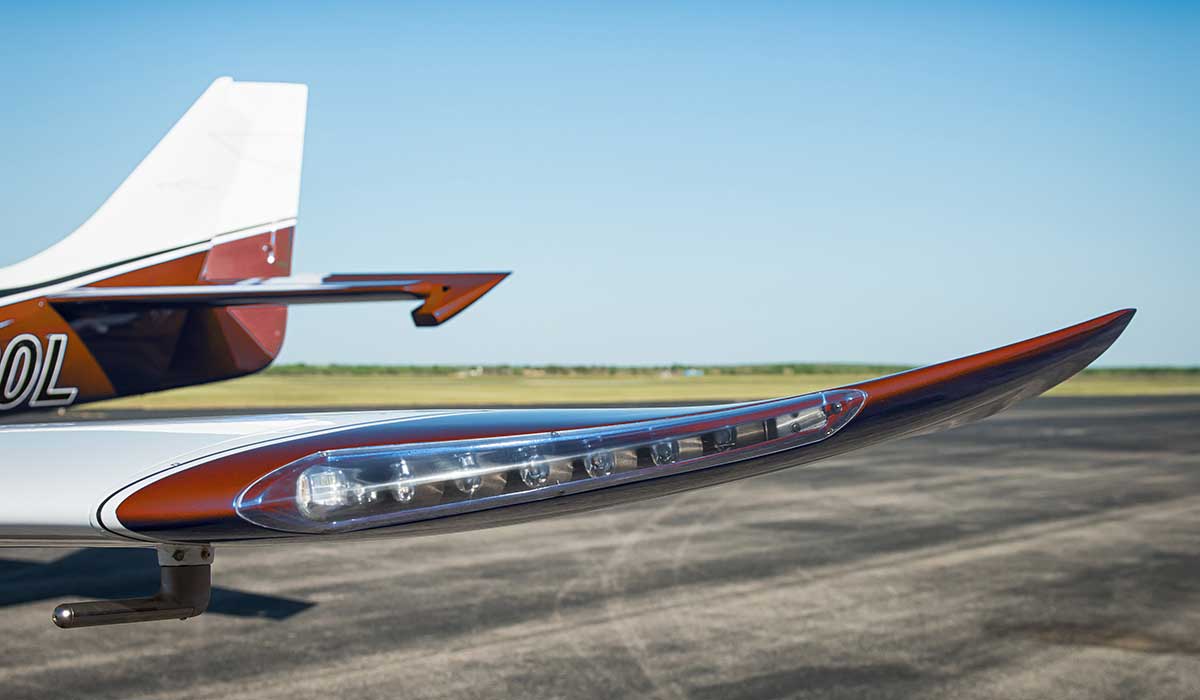
(The A340 and 747-400 are no longer made.) For example, the A330neo, which entered service last year, has smaller, upturned wingtips. (More on those below.) Boeing announced a new version of the 747 in October 1985, known as the 747-400, with an extended range and capacity.
With that particular model, Boeing used a combination of winglets and increased span to carry the additional load. The winglets increased the 747-400's range by 3.5 percent over the 747-300, which is otherwise aerodynamically identical but has no winglets.[19]
Winglets are preferred for Boeing derivative designs based on existing platforms, because they allow maximum re-use of existing components. Newer designs are favoring increased span, other wingtip devices or a combination of both, whenever possible. A similar design is used on the A330neo, the newest version of Airbus' workhorse widebody, flown by Delta among others.
Use On Rotating Blades[]
Combined with new, less fuel-thirsty engines, the new winglets help the A330neo fly nonstop 15% farther than the A330-300. Beacon lights are flashing red lights located on the top and (on larger aircraft) the bottom of the airplane.
They are turned on as soon as the pilots begin the process of starting the engines and are only switched off after the engines have been shut down. A blended winglet is attached to the wing with a smooth curve instead of a sharp angle and is intended to reduce interference drag at the wing/winglet junction.
A sharp interior angle in this region can interact with the boundary layer flow causing a drag inducing vortex, negating some of the benefits of the winglet. The blended winglet is used on business jets and sailplanes, where individual buyer preference is an important marketing aspect.
In 2002, Boeing first flew a production Next-Generation 737 with its new Blended Winglets, 6-foot (Template:Convert/LoffAonSon) extensions that decrease fuel consumption by about 4 to 6 percent. The airplane gained supplemental type certification in 2003, and the majority of 737s delivered today are equipped with the devices.[citation needed]
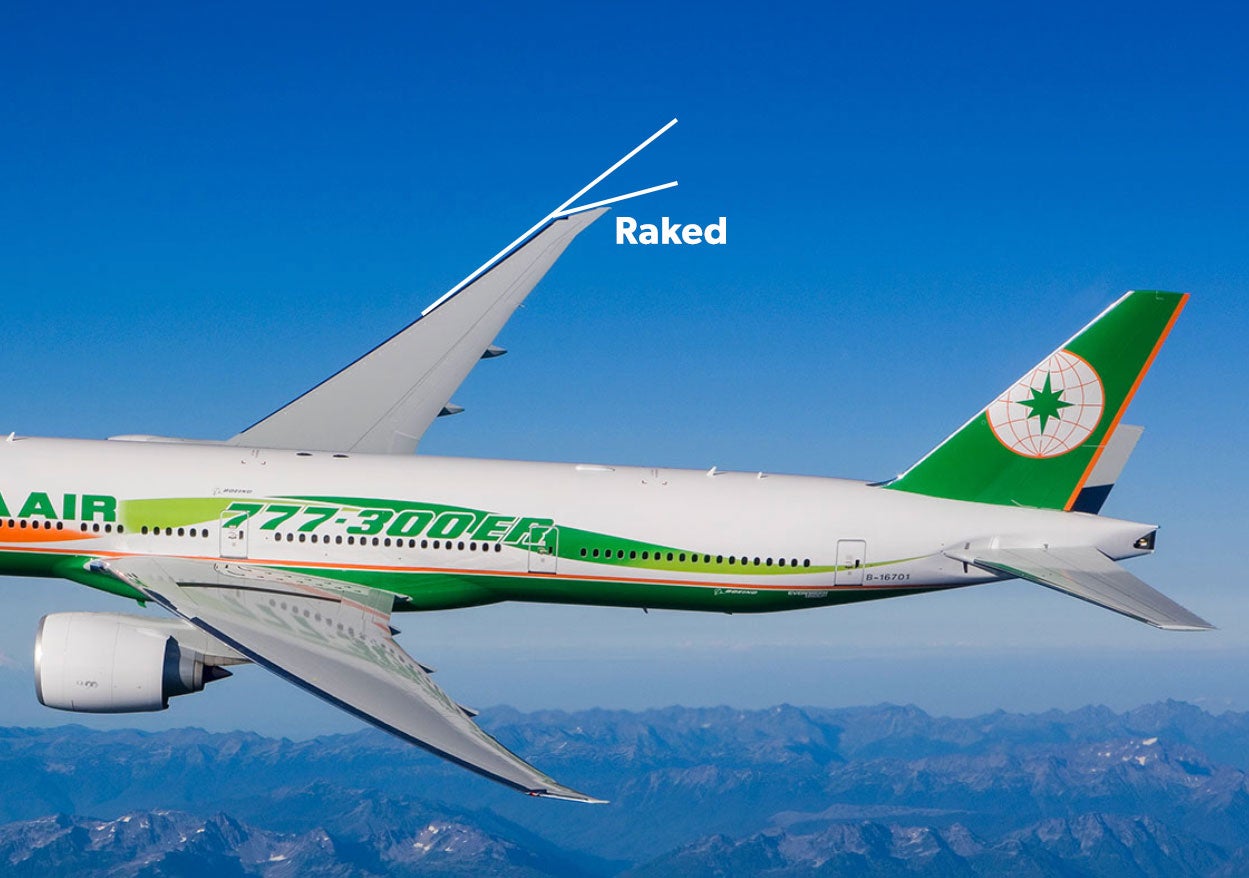
How Do Winglets Work?
Winglets are also applied to several other business jets to reduce take-off distance, enabling operation out of smaller secondary airports, and allowing higher cruise altitudes for overflying bad weather, both of which are valuable operational benefits for corporate travel.
In addition to factory-installed winglets on new aircraft, aftermarket vendors developed retrofit kits, for popular jets and turboprops, to improve both aerodynamics and appearance. Winglets became so popular on this class of aircraft that the Dassault Group, whose French designers resisted applying them on their Dassault Falcon line until recently, were forced to run a contrarian marketing campaign.
Cessna recently announced they were partnering with Winglet Technology, LLC of Wichita, Kansas, to test a new wingtip device called Elliptical Winglets, which are designed to increase range and increase payload on hot and high departures.[18]
Template:Triple image Wingtip devices are also used on rotating propeller, helicopter rotor, and wind turbine blades to reduce drag, reduce diameter, reduce noise and/or improve efficiency. By reducing aircraft blade tip vortices interacting with the ground surface during taxiing, takeoff, and hover, these devices can reduce damage from dirt and small stones picked up in the vortices.[37]
The Airbus A What A Shape
Interestingly, on the newer GA Cessna aircraft, one LED landing light on each wing serves as the landing, taxi, and ALLS enabled recognition lights, controlled by one switch with two modes – landing and taxi/recognition. Suppose the switch is set to taxi, and the aircraft is flying above 40 knots;
In that case, the lights automatically change from dim taxi lights (half of the total amount of LEDs) to full alternating pulsing landing lights, known as recognition lights. Back when ships were the primary means of transportation, ship operators quickly realized that collisions were happening far too often.
As a result, green, red, and white lights were added to certain positions on ships. When aircraft were invented and became more advanced, they were added to them in the same places. Boeing designed these winglets specifically for the Boeing 737 MAX.
:quality(70)/cloudfront-eu-central-1.images.arcpublishing.com/irishtimes/LTFL4XJKDR6UNEAHYOFAPVWIAM.jpg)
The company says it used "detailed design, surface materials and coatings that enable laminar — or smoother — airflow over the winglet." It should be noted that the winglets have not played a part in the two fatal crashes that have led to the ongoing global grounding of the 737 MAX.
Strobe White Anti-Collision Lights
Aircraft designers employed mostly planar wing designs with simple dihedral after World War II, prior to the introduction of winglets. With the wide acceptance of winglets in new sailplane designs of the 1990s, designers sought to further optimize the aerodynamic performance of their wingtip designs.
Glider winglets were originally retrofitted directly to planar wings, with only a small, nearly right-angle, transition area. Once the performance of the winglet itself was optimized, attention was turned to the transition between the wing and winglet.
A common application was tapering the transition area from the wing tip chord to the winglet chord and raking the transition area back, to place the winglet in the optimal position. If the tapered portion was canted upward, the winglet height could also be reduced.
Eventually, designers employed multiple non-planar sections, each canting up at a greater angle, dispensing with the winglets entirely.[citation needed] Making sense of winglets starts with an understanding of the wing. The wing shape generates lift by exerting downward pressure on the air mass it is traveling through, causing a pressure difference below the wing compared to above;
Blended Winglets
There is less pressure on the upper surface of the wing and more on the lower surface. The newest Airbus twin-aisle jet, the Airbus A350, sports distinctive, sinuous winglets, which Airbus also calls sharklets even though they don't resemble shark fins as much as the A320's.
The Airbus design team sought a similar benefit — reduction of induced drag — by designing a beautiful, aerodynamically efficient shape at the outset. Unlike the A320 family, these sharklets formed part of the design from day one.
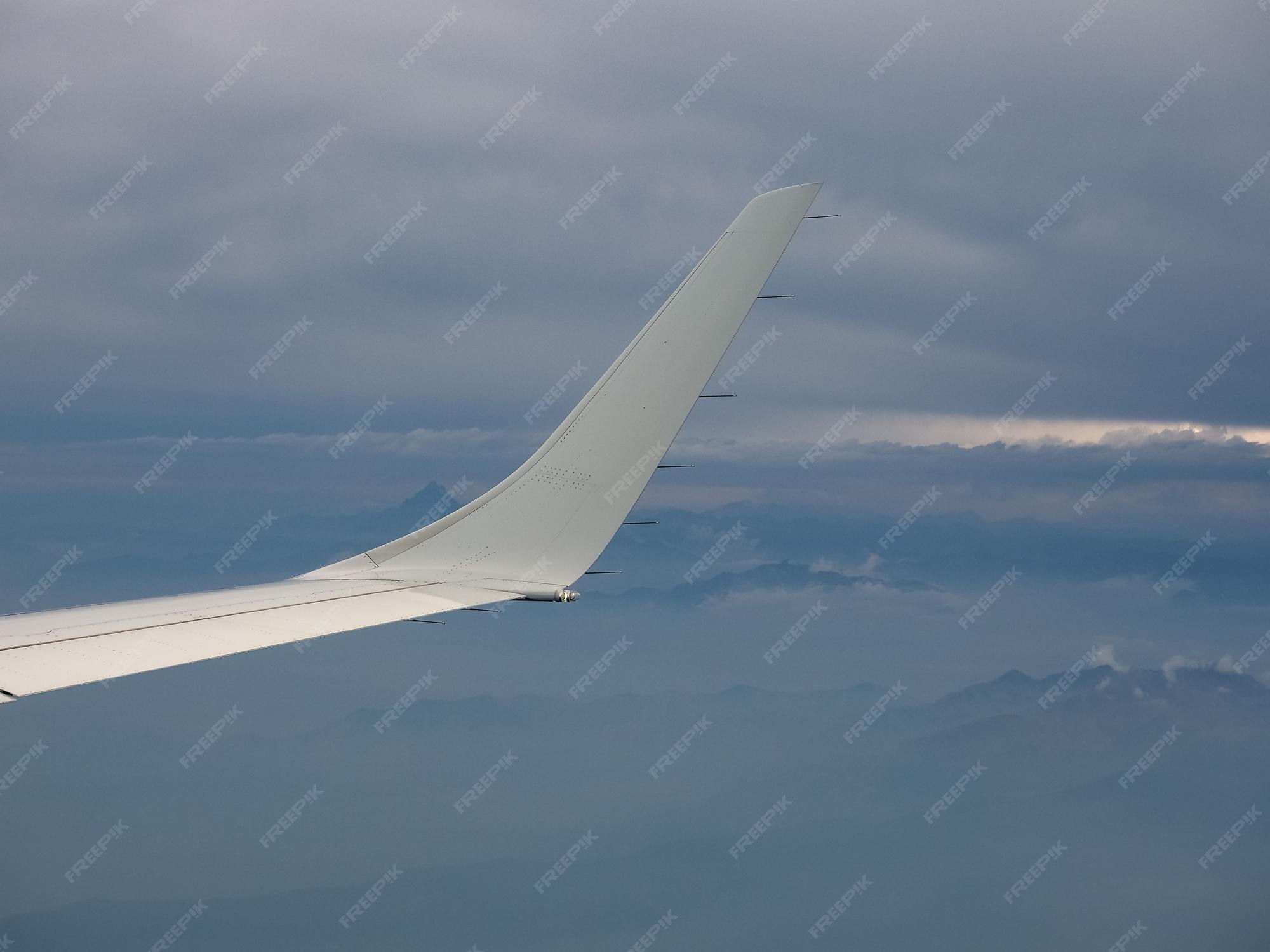
Strobe lights, also known as anti-collision lights, are flashing white lights located on the wingtips of an aircraft. On some planes, these lights flash in rapid bursts, while on most aircraft, they flash in the regular on/off manner.
You'll find blended winglets on many models of the Boeing 737, the best-selling jetliner in the world. Southwest and Ryanair are the biggest operators, and you'll often see them in North America at the tip of 737 wings with WestJet, Delta and American.
Are Wingtips Effective?
A wingtip fence refers to the winglets including surfaces extending both above and below the wingtip, as described in Whitcomb's early research.[10] Both surfaces are shorter than or equivalent to a winglet possessing similar aerodynamic benefits.
Wingtip fences were the preferred wingtip device of Airbus for many years, employed on all their airliners except for the Airbus A320 Enhanced (using winglets), A330 and A340 families. The A350 and Airbus A320neo family will also make use of winglets rather than wingtip fences. [citation needed]
The An-158 also uses wingtip fences.[citation needed] NASA has claimed that wingtips save aviation companies billions of dollars every year just by improving fuel efficiency. A Boeing study of blended winglets observed improvements of close to 5% in fuel consumption.
According to manufacturer Tamarack, their 'Active Winglets' will provide 15-33% in savings. Landing lights are the most powerful and provide the most significant illumination to the flight crew. You will typically find landing lights mounted on the wing, nose, or beneath the fuselage of an aircraft.
Raked Wingtips
They are positioned downward to illuminate the runway and, as mentioned earlier, are sometimes used as taxi lights when dimmed. A raked wing is not a winglet per se, but the tip of the wing itself is swept back compared to the rest of the wing.
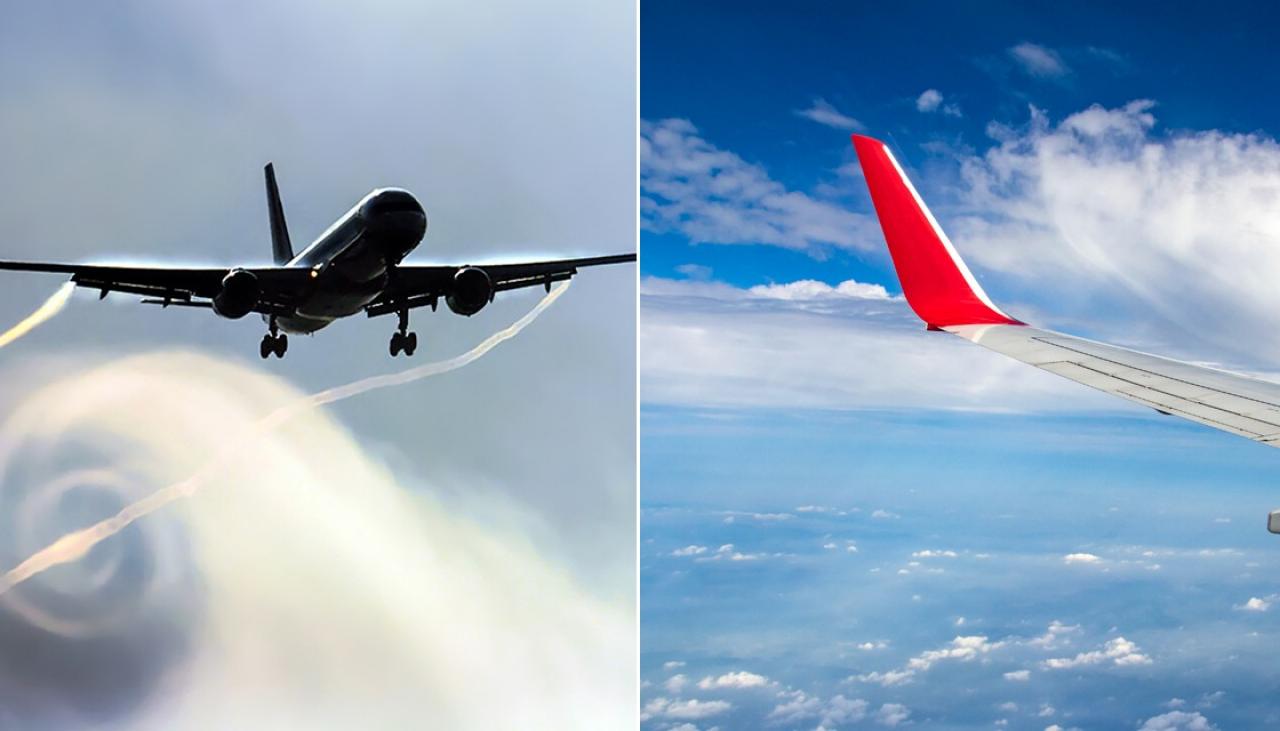
The functionality is similar. The Boeing 787 Dreamliner, some Boeing 777s and the Boeing 747-8 all have raked wingtips, not winglets. 2. Raked wingtips curve backward and have a greater wing sweep than the rest of the wing.
These are commonly found on Boeing commercial aircraft like the 777 and 767 to improve takeoff performance and fuel efficiency. Raked wingtips accomplish these improved metrics by increasing the effective wing aspect ratio, which is the ratio of the wingspan length over the chord length.
6. Canted wingtips are much shorter than other designs and are most commonly employed on wider-bodied aircraft like the A330 and 747-400. These were the first wingtips ever installed on a commercial aircraft, making their debut in 1989.
Runway Turnoff Lights
7. Spiral wingtips, while not formally in use yet, are experimental wingtips based on the geometry of a bird's feathers. The preliminary data suggests that this design could improve the effective range of a jet engine by 9% if manufactured similarly to the model.
However, winglets add a lot of weight to each aircraft, usually in the range of hundreds of pounds, so fuel savings must counter-balance the added baggage. Although winglets can cost around $1 million per plane to install and add significant weight, efficiency benefits usually cancel out the cost.
Runway turnoff lights share many similarities with landing lights but are not as bright and are positioned on either side of the aircraft's nose to illuminate the exits of a runway. Typically found on the nose strut, these lights also assist the pilots during tight turns, as the primary taxi lights generally only illuminate the area in front of the aircraft.
3. Blended wingtips feature a seamless transition with the wings and are found on an increasing number of modern aircraft. The benefits of blended wingtips include decreased drag, reduced carbon dioxide emissions, and deeper takeoff thrusts, leading to noise reduction.
Formation Lights
They are typically made of carbon fiber and are much lighter than other wingtip options. Some military aircraft have dedicated lights positioned on the plane to aid pilots in maintaining the correct position when flying in formation.
They are often only visible in the infrared spectrum, which is visible only when using night vision equipment, allowing the aircraft to keep their lights off for operational reasons. Despite the clear benefits, aviation manufacturers took several years to implement winglets into their designs.
It was only the Middle-Eastern oil crisis of 1973 that provoked airlines to implement fuel-saving measures due to astronomical increases in fuel prices. The fences are found on A320 family jets, as well as the A380 (not that you'd need to look at the wingtip to recognize the biggest passenger plane in the world!) The fences first appeared on some of the planemaker's 1980s-vintage jets
: the A300-600 and the A310, which have almost disappeared from passenger service.
Composite Aircraft[]
aircraft wingtip strobes, aircraft wing design and construction, aircraft wingtip light colors, aircraft wing shape, types of airplane wings, airplane wing tip design, aircraft wing parts, low wing aircraft for sale
0 Comments